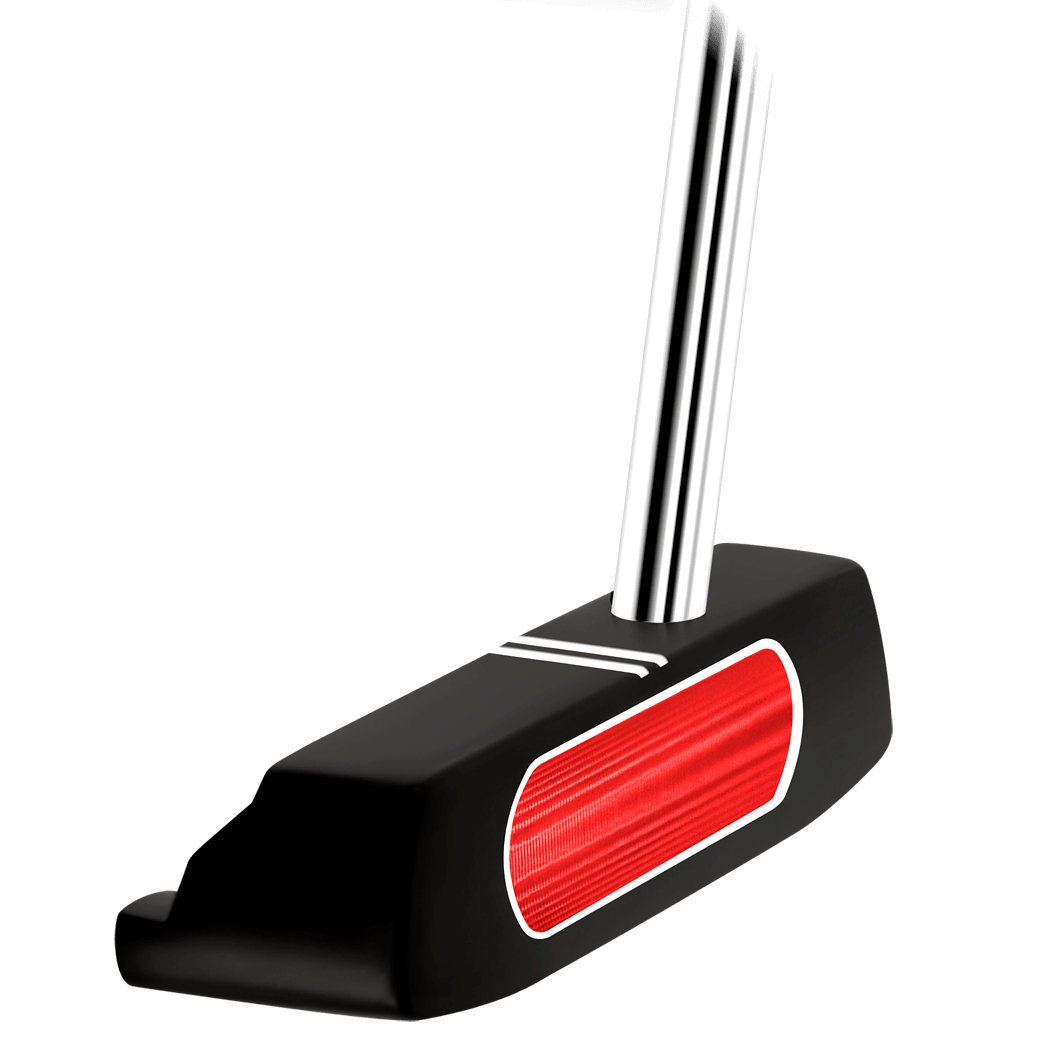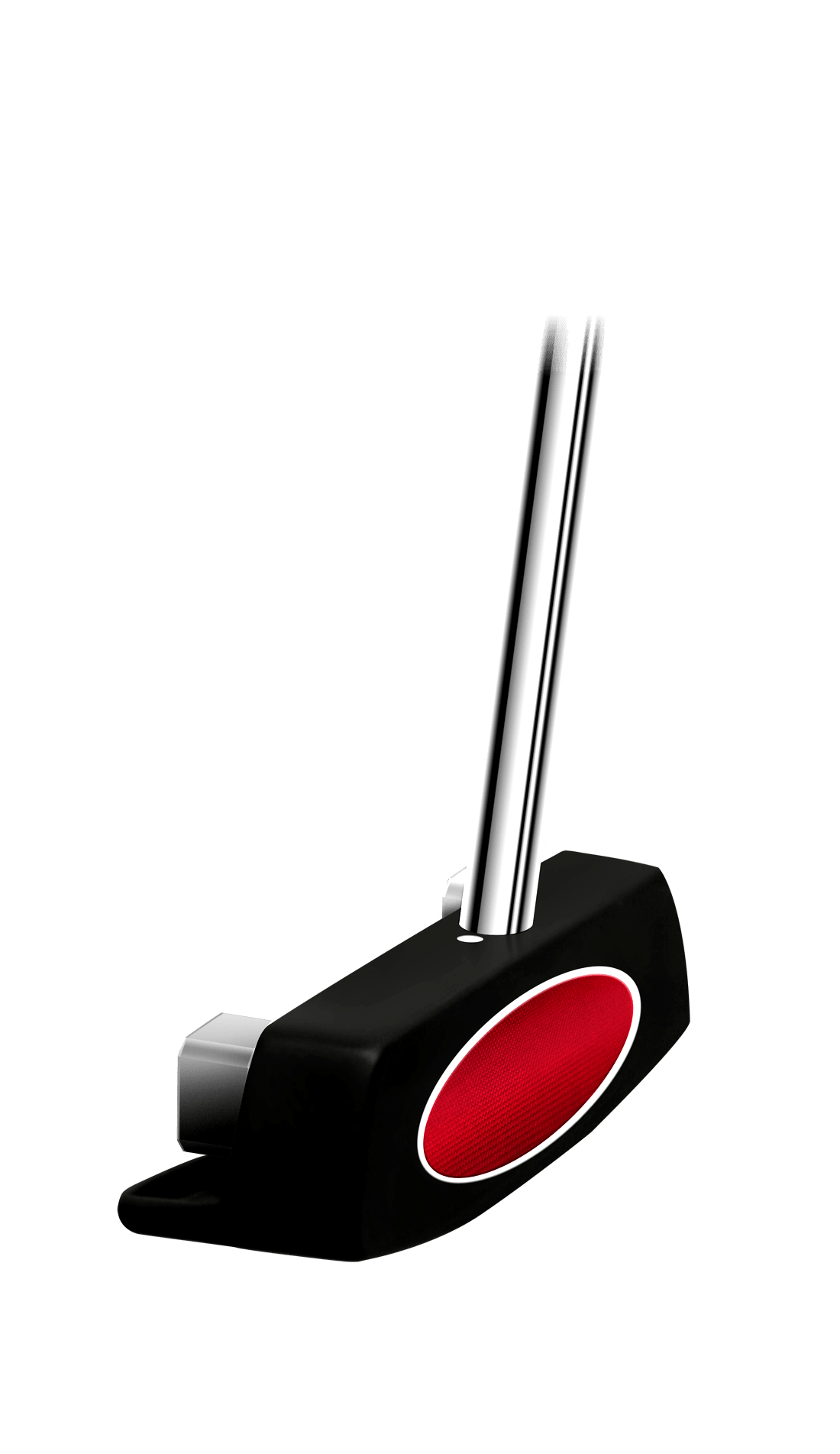Putting together a golf club set with no yardage gaps is important for ensuring consistent distance coverage and shot selection on the course. Here are some tips to help you assemble a well-rounded set with no significant distance overlaps or gaps:
- Assess Your Current Set: Begin by evaluating your existing set of clubs and determining the yardage gaps between each club. This will help you identify any areas where you might have significant overlaps or gaps (about 10 yards from club to club is a good starting point) that need to be addressed.
- Understand Your Game: Consider your playing style and skill level. Think about the typical distances you hit with each club and which clubs you rely on the most for different types of shots. This self-assessment will help guide your club selection process.
- Start with the Basics: Begin by ensuring you have the essential clubs in your bag. These include a driver, fairway woods (such as a 3-wood and 5-wood), irons (typically ranging from 3 to 9), a pitching wedge, sand wedge, and putter. These clubs provide a solid foundation for covering various distances on the course.
- Evaluate Loft and Shaft Length: Pay attention to the loft and shaft length of each club. Higher lofted clubs typically generate shorter distances, while lower lofted clubs produce longer shots. Additionally, longer shafts tend to provide more distance, so consider the differences in club lengths when selecting your clubs.
- Consider Hybrid Clubs: Hybrid clubs can be a valuable addition to your set, as they are designed to bridge the gap between irons and fairway woods. They provide forgiveness, distance, and versatility. Including a few hybrid clubs in your set can help ensure more consistent yardage coverage throughout your bag.
- Mind the Yardage Spacing: When selecting clubs, aim for consistent yardage spacing between each club. Ideally, you want to see a gradual decrease or increase in yardage as you move from one club to the next. This ensures you have the right club for every distance and reduces the likelihood of significant overlaps or gaps.
- Test and Adjust: It's crucial to test your new set on the driving range and course. Pay attention to the distances you achieve with each club and adjust accordingly. If you notice large overlaps or gaps, you may need to make further adjustments to your set by adding or replacing clubs.
- Seek Professional Advice: If you're unsure about club selection or need personalized guidance, consider consulting with a professional club fitter. They have the expertise and tools to analyze your swing, assess your needs, and recommend the right combination of clubs to fill any yardage gaps.
- Personalize Your Set: Remember that every golfer is unique, and there is no one-size-fits-all approach to club selection. Take into account your preferences, playing style, and the specific demands of the courses you frequent. Personalize your set to suit your individual game and maximize your performance.
- Regularly Assess and Update: As your game evolves and your swing improves, it's essential to reassess your club set periodically. Yardages can change over time, so regularly evaluate your distances and make any necessary adjustments to ensure your set continues to provide optimal coverage.
In conclusion, putting together a golf club set with no yardage gaps requires careful consideration of loft, shaft length, and personal playing style. Assess your current set, evaluate your yardage spacing, and consider adding hybrid clubs to bridge any significant gaps. Test and adjust your set, seek professional advice if needed, and personalize your clubs to suit your game. With a well-constructed set, you'll have the right club for every distance, enhancing your performance and enjoyment on the golf course.






